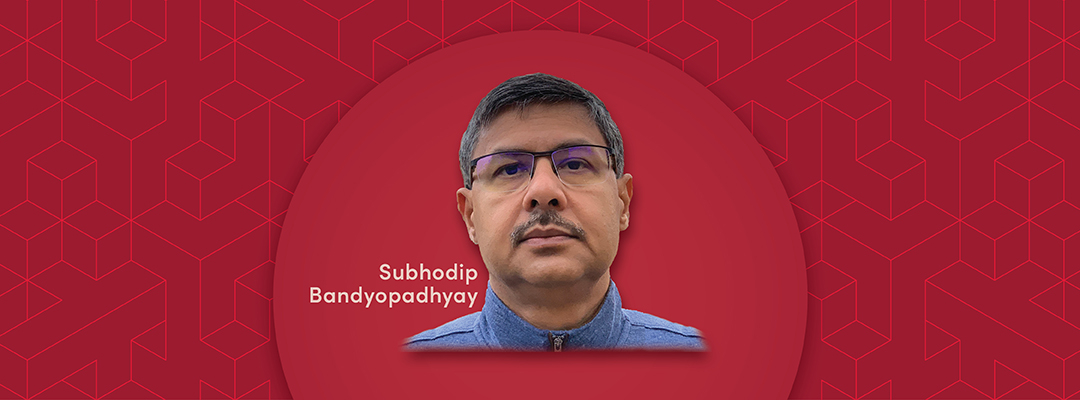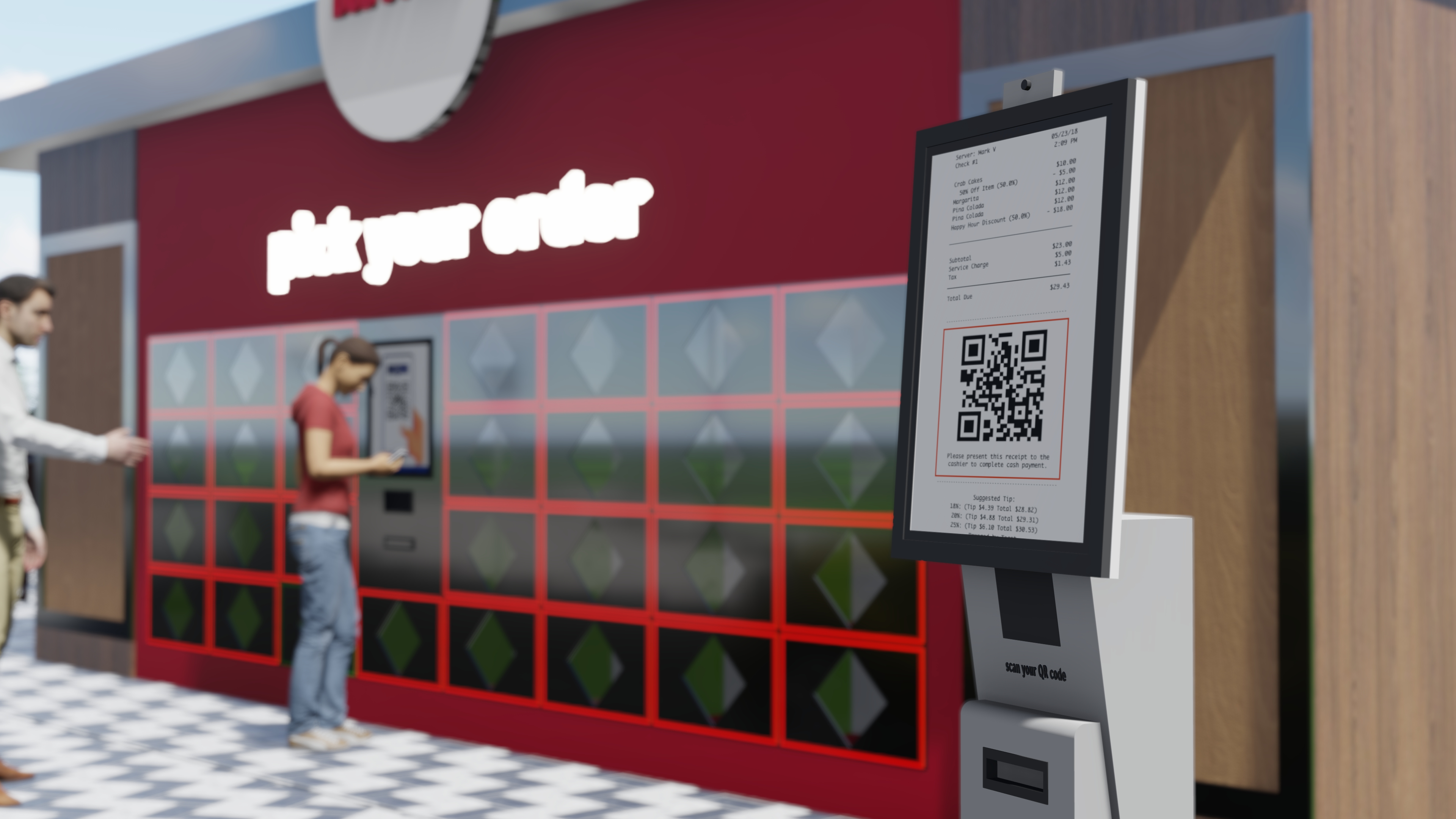When SCT learned UST was developing a touchless drive-thru system for quick-service restaurants, contributing editor Matt Hudgins set out to learn more from Subhodip Bandyopadhyay, general manager of the digital transformation company’s Emerging Digital Technology group.

What is your new digital drive-thru system, and what does it do?
We call this solution "D3" because it combines digital ordering, drive-thru ordering and delivery of the completed order to the customer in an entirely touchless system. Our D3 design uses frictionless technology to enhance safety for customers and employees. The system improves the customer experience by making drive-thru window operations faster and more efficient. It also frees the restaurant staff to focus on the kitchen and filling orders, ultimately reducing costs.
What led you to develop the system, and what problems does it solve for quick-service restaurant operators?
Early in the pandemic, one of the major restaurant chains shared that their customers were deeply dissatisfied with the long wait times they were experiencing to get through lengthy queues at drive-thru windows. Since COVID-19 became a concern, more customers are avoiding unnecessary contact by using drive-thru lanes. It's a common problem that can undermine the customer experience, no matter how good the food is. It also becomes a cost burden for the operator because some employees who would otherwise be working in the kitchen or dining area can get tied up doing nothing but taking orders and collecting payment at the drive-thru window. Some quick-service restaurants have automated their ordering with touchscreens, but that can create a new problem if customers don't want to touch shared surfaces because they are concerned about contamination risk.
“We determined that a better system would need digital and touchless ordering, touchless payment options and an efficient way for customers to receive their orders without the need for direct contact with restaurant employees or other customers. We believe those three functions will be pillars in the transformation of quick-service restaurants going forward”
We determined that a better system would need digital and touchless ordering, touchless payment options and an efficient way for customers to receive their orders without the need for direct contact with restaurant employees or other customers. We believe those three functions will be pillars in the transformation of quick-service restaurants going forward. We also realized that some of the Intel technology ingredients and systems UST had already developed for its autonomous store solutions could provide pieces of the puzzle. Those include a voice-enabled ordering kiosk, contactless payment solution and temperature-controlled lockers. These building blocks from Intel and UST enable seamless integration and timely delivery of end-to-end experiences.
Can you walk us through a D3 drive-thru, which restaurants also can deploy for walk-up ordering, in action?
For the customer, the experience begins when they enter the drive-thru and place their order by speaking with a voice-enabled kiosk. They see their order on the display and can add items or make revisions without ever touching the screen. This eliminates human errors you can get when an employee enters a customer's order for them. Artificial intelligence helps the kiosk suggest multiple options based on the customer's preferences. To complete the order, the system presents a QR code for the customer to scan with their phone, which gives them an invoice and payment options to complete the transaction. Once they've entered their payment information and concluded the transaction, they receive a collection code on their phone when their order is ready. They retrieve their order at a bank of lock boxes, accessing their locker by either tapping an icon on their phone or manually entering a code. Then they can drive away or stay and eat in the restaurant's seating area.

How does a D3 drive-thru improve the restaurant operator's experience?
The restaurant benefits from the enhanced customer experience, but they can also expect to reduce overall costs, boost efficiency and increase employee safety. The digital system eliminates human error and reduces labor because ordering and payment are automated. The setup is also more efficient than a conventional drive-thru lane; after a customer completes their order, the next customer in line can approach the kiosk to place their order. Any additional waiting occurs at the pickup area after customers have exited the queue. Delivery lockers make employees safer with less exposure to the public. Each locker has an adjustable temperature setting to suit the order, meaning you can hold a pizza in one compartment at 145 degree and in the next locker is a bowl of soup set at 130 degrees. Restaurants can use the same system to serve delivery and carry-out orders, confident that each item will be at the correct temperature. In fact, we are working on D3 variations to serve restaurant pods within larger retail or grocery stores.
“We are working on D3 variations to serve restaurant pods within larger retail or grocery stores”
How long does it take to implement a D3 drive-thru, and what does it cost?
For locations that already have a drive-thru lane, the system can be up and running in 12 weeks, including the integration of all menus and back-end architecture. Physical changes to the restaurant can be minimal in most cases because there are only a few pieces of equipment to be installed at each location, namely an ordering kiosk and lockers. Pricing will depend on the number of locations and other factors. UST offers solutions like this as services, so we would typically provide the hardware, software, menu integration, staff training and ongoing support in exchange for a multiyear contract.
RELATED: What it takes to add drive-thrus
When can we expect to see D3 in operation?
We are in talks with multiple quick-service restaurants on the West Coast, so that's where they will most likely come to market first, but we are able to work with operators anywhere. As a global company that works regularly with construction companies in major markets, we can deliver that 12-week turnaround to implement the system in any region.